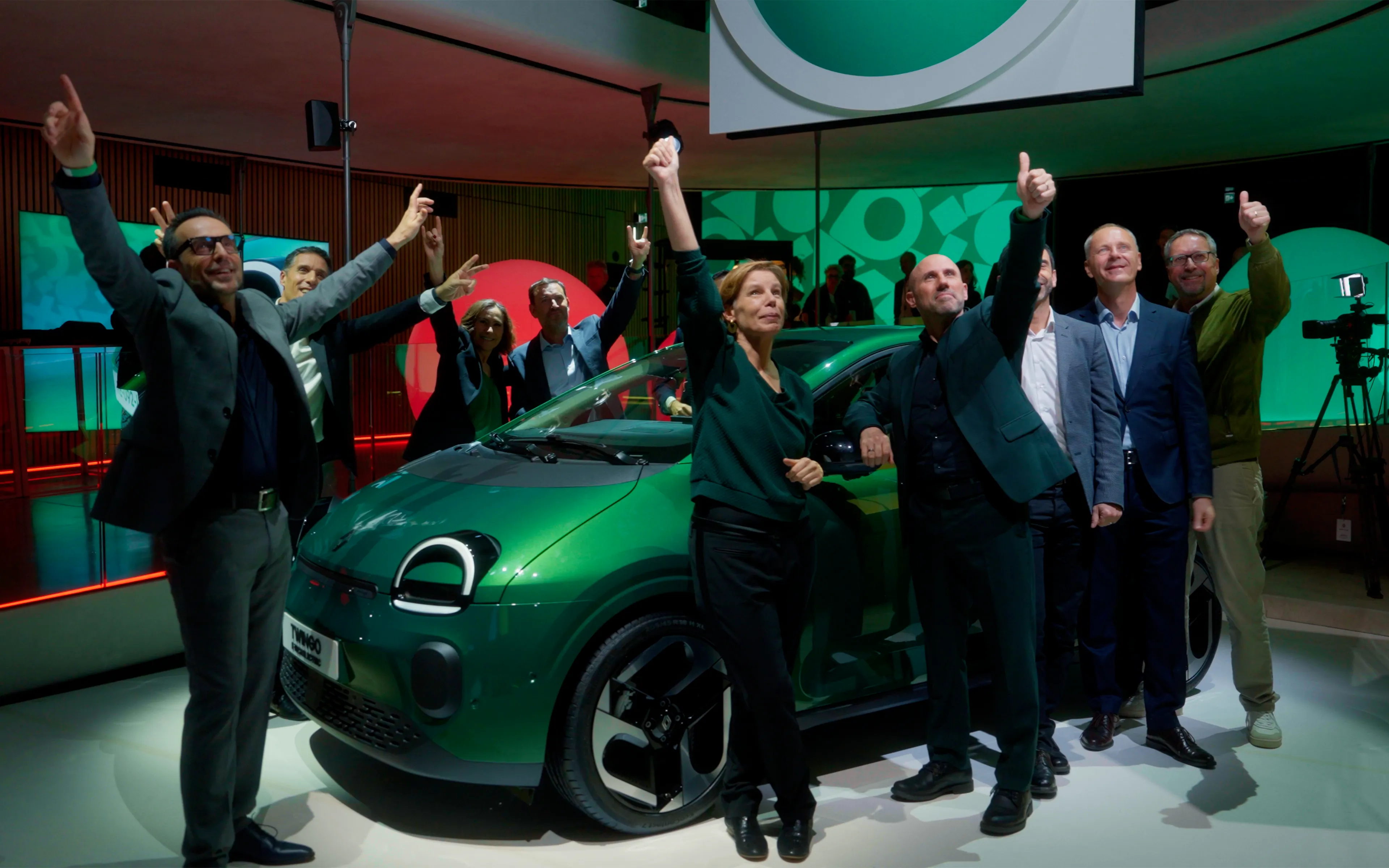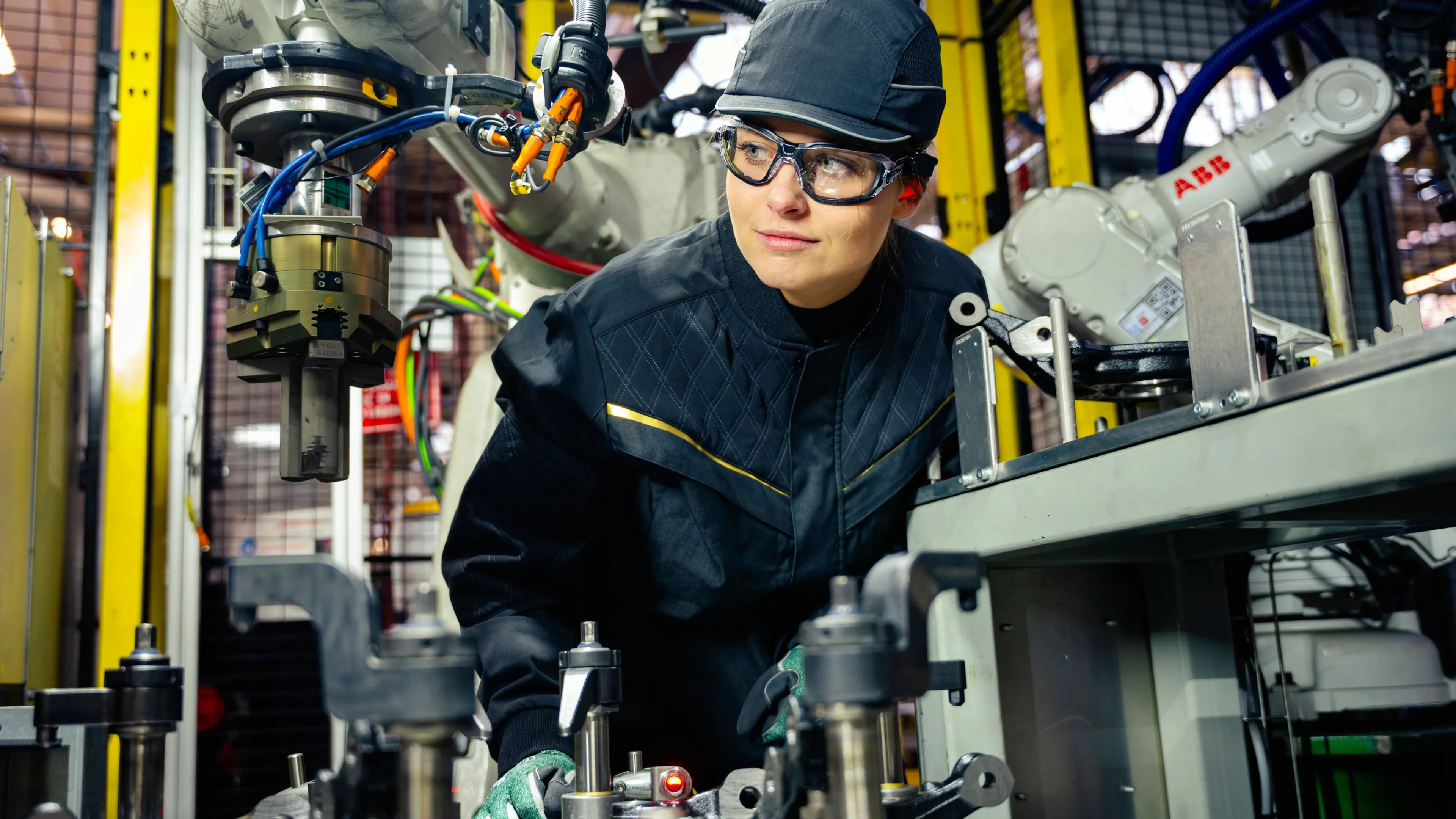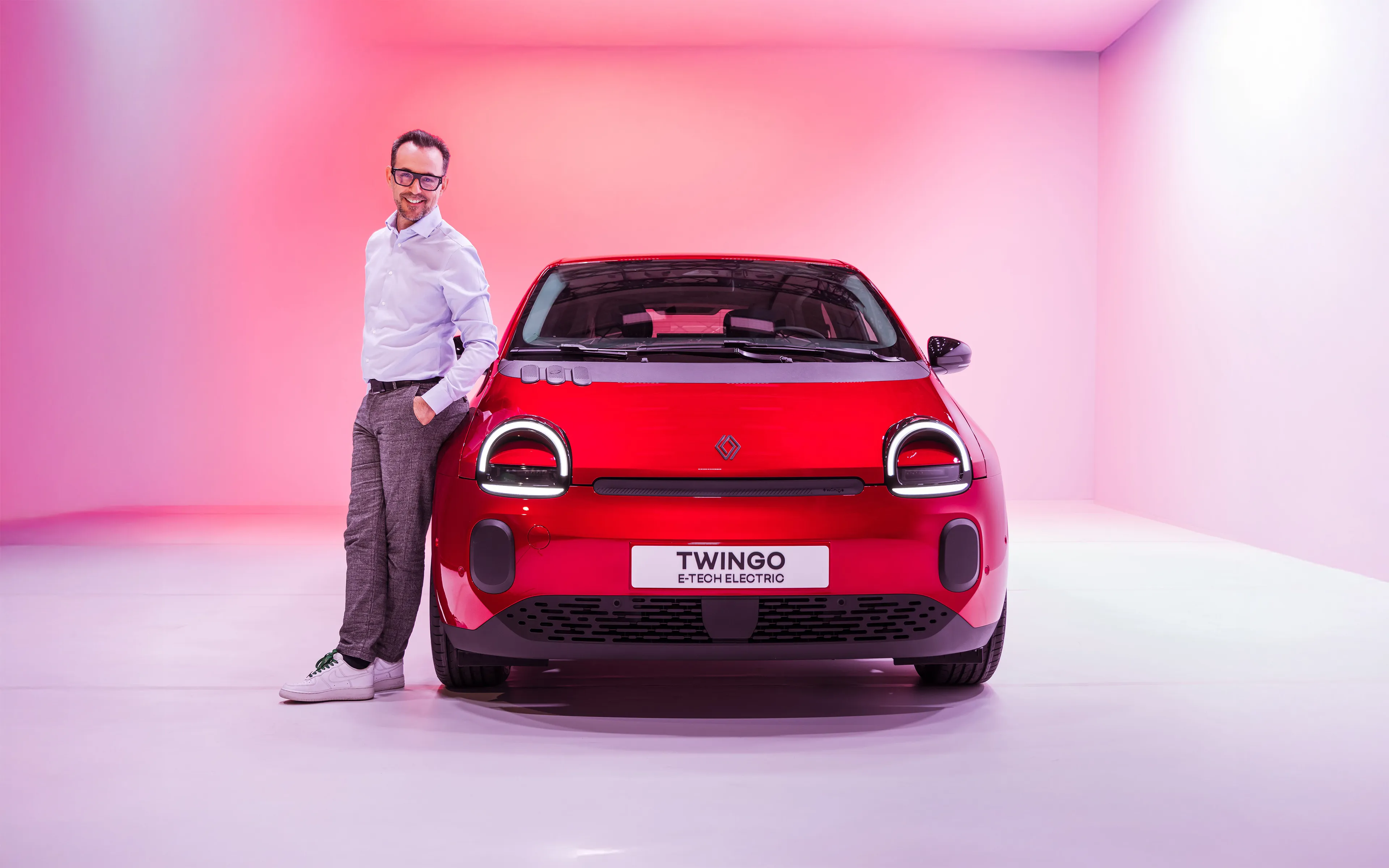Dacia ECO-G: LPG, LPG as a key asset in the energy transition
Published on
Updated on
Dacia is the only manufacturer to offer petrol/LPG twin-fuel option across its entire range of private vehicles. LPG can be used with the TCe 100 ECO-G engine on the Duster, Sandero, Sandero Stepway, and Jogger, joined by the Mild Hybrid G-140 on the Dacia Bigster since June 3, 2025. Factory-integrated of this proven technology is a guarantee of safety and reliability. Low costs of purchase and running make LPG and Dacia is a winning combination. With Dacia, LPG, economical both to buy and to use, is a winning combination.
BY RENAULT GROUP
LPG: two fuels, lots of benefits
15 million cars run on LPG in the European Union, and 29 million worldwide. It must be said that the advantages of twin-fuel system are numerous. Starting with the most obvious: a full tank at half the price! The major advantage of LPG is its price at the pump: generally, 1 liter of LPG is up to 50% cheaper than a liter of gasoline or diesel. Given the increased fuel consumption (around 20% compared to gasoline), fuel costs are reduced by 30% compared to gasoline and 8% compared to diesel. LPG is available at an average of 1 in 4 stations in Europe and 1 in 7 in France.
Another advantage of LPG , which applies to France, is that it comes with zero or moderate administrative and tax fees. The environmental penalty is zero or reduced, and, depending on the department, registration fees are partially or completely exempt. Purchasing a Dacia LPG entitles you to the conversion bonus, and in many cities, parking is free or at a preferential rate (green disc).
Total freedom and an extended range :
LPG is a proven and safe technology, subject to no traffic or parking restrictions, especially in underground parking lots. Just the opposite in fact: running on LPG allows you to benefit from the Crit'Air 1 sticker, allowing you to drive during pollution peaks. Moreover, thanks to two separate tanks (one gasoline and the other LPG), the driving range is considerable.
LPG according to Dacia
LPG technology first appeared on Dacia vehicles in 2010 under the ECO-G label. Since January 2020, it is available with the TCe 100 ECO-G engine on Duster, Sandero, Sandero Stepway, and Jogger, starting at €14,450 on Sandero.
The new Dacia Bigster introduces a new Mild Hybrid G-140 engine, combining dual-fuel LPG gasoline with 48V mild hybridization. This engine is available from €24,990.
The LPG system is fully integrated at the Dacia factory. For the customer, this means simple ordering, no additional delays, and a single point of contact for warranty and maintenance within a Renault Group network trained in this technology.
The Dacia manufacturer's warranty for LPG vehicles is identical to that of other gasoline models: 3 years or 100,000 km (first of the two terms expired). The service interval and cost are identical to those for gasoline and diesel engines: 30,000 km or 2 years with an annual service.
The vehicle has numerous safety features: a high-strength steel tank, safety valve, non-return valve, 80% fill limit, flow limiter, solenoid valve, etc.
From the outside, a Dacia LPG is identical to other versions. On board, only two perfectly integrated elements indicate dual-fuel operation: the gasoline-LPG switch and the LPG level gauge.
Dacia’s LPG system : the TCe 100 and the Mild-Hybrid G-140
The TCe 100 ECO-G and the Mild-Hybrid G-140 are both 3-cylinder turbocharged gasoline engines specifically adapted to run on both gasoline and LPG fuel thanks to two separate tanks: the gasoline tank with the same capacity (50 liters) and the LPG tank with a capacity of 50 liters on the Bigster, 42 liters on the Duster, and 40 liters on the Sandero. But this doesn’t mean less boot because the LPG tank is located in place of the spare tire. It is quick and easy to fill (2 minutes) through a flap located in the same location as the gasoline tank.
With LPG, the TCe 100 ECO-G and the Mild Hybrid G-140 offer better performance (higher torque) and emit 10% less CO² than an equivalent gasoline engine.
A full tank of LPG provides an average travel of 430 km in addition to the range provided by the gasoline tank. With both tanks full, the combined range reaches 1,000 kilometers on the Sandero and up to 1,450 kilometers on the Dacia Bigster.
Behind the wheel, the ease of use is astonishing: switching from one fuel system to another is immediate and imperceptible. The gasoline-LPG switch can be manually operated at any time by the driver and automatically switches to gasoline if the LPG tank is empty.
LPG by Dacia is a simple, economical solution to purchase and operate without compromising on reliability and safety. A typically Dacia solution!
What is LPG?
LPG, or liquefied petroleum gas, is a mixture of propane and butane (which has a European standard: EN589). Its combustion releases fewer carbon monoxide, hydrocarbon, and nitrogen oxide emissions than a gasoline engine.



